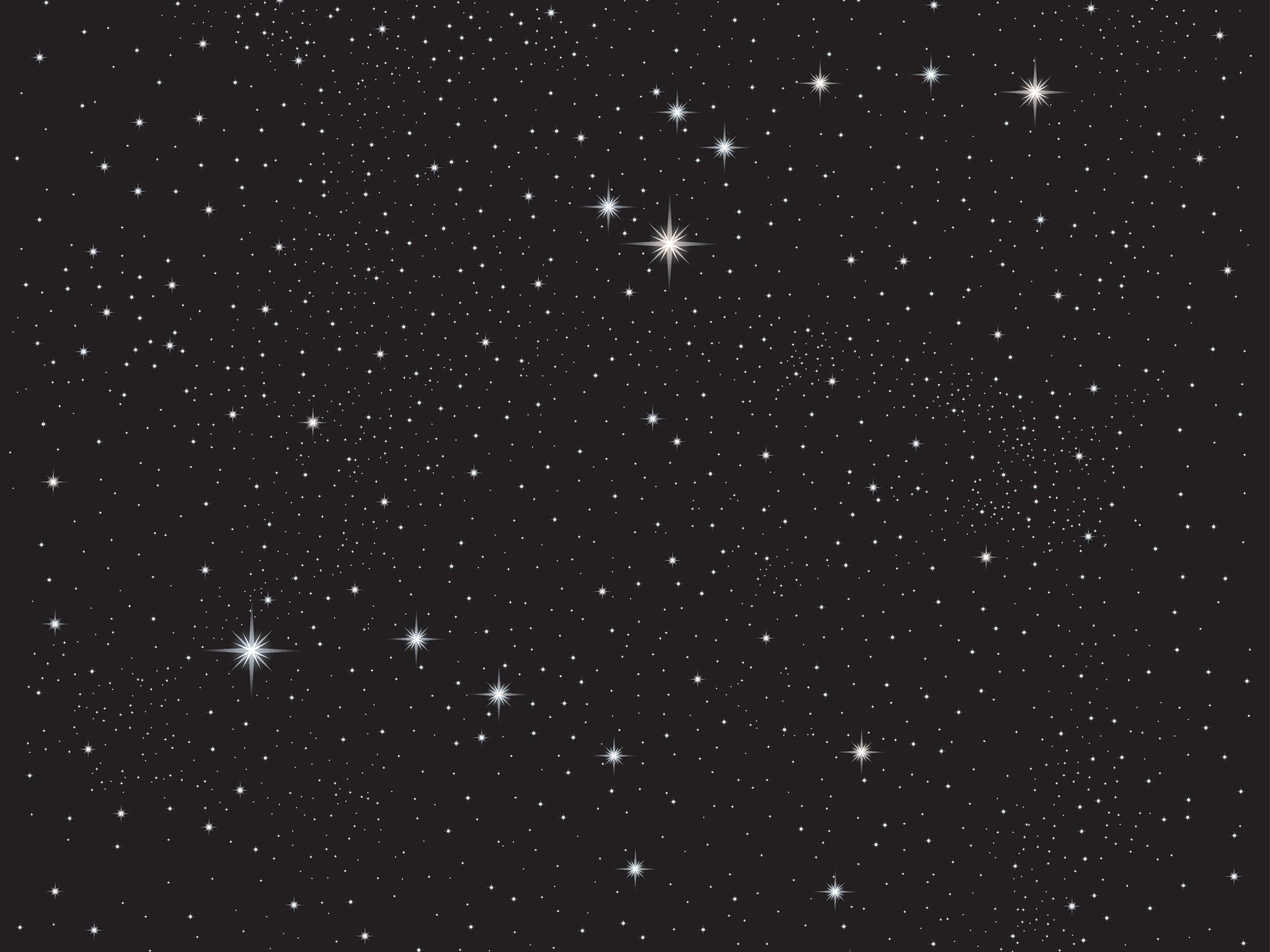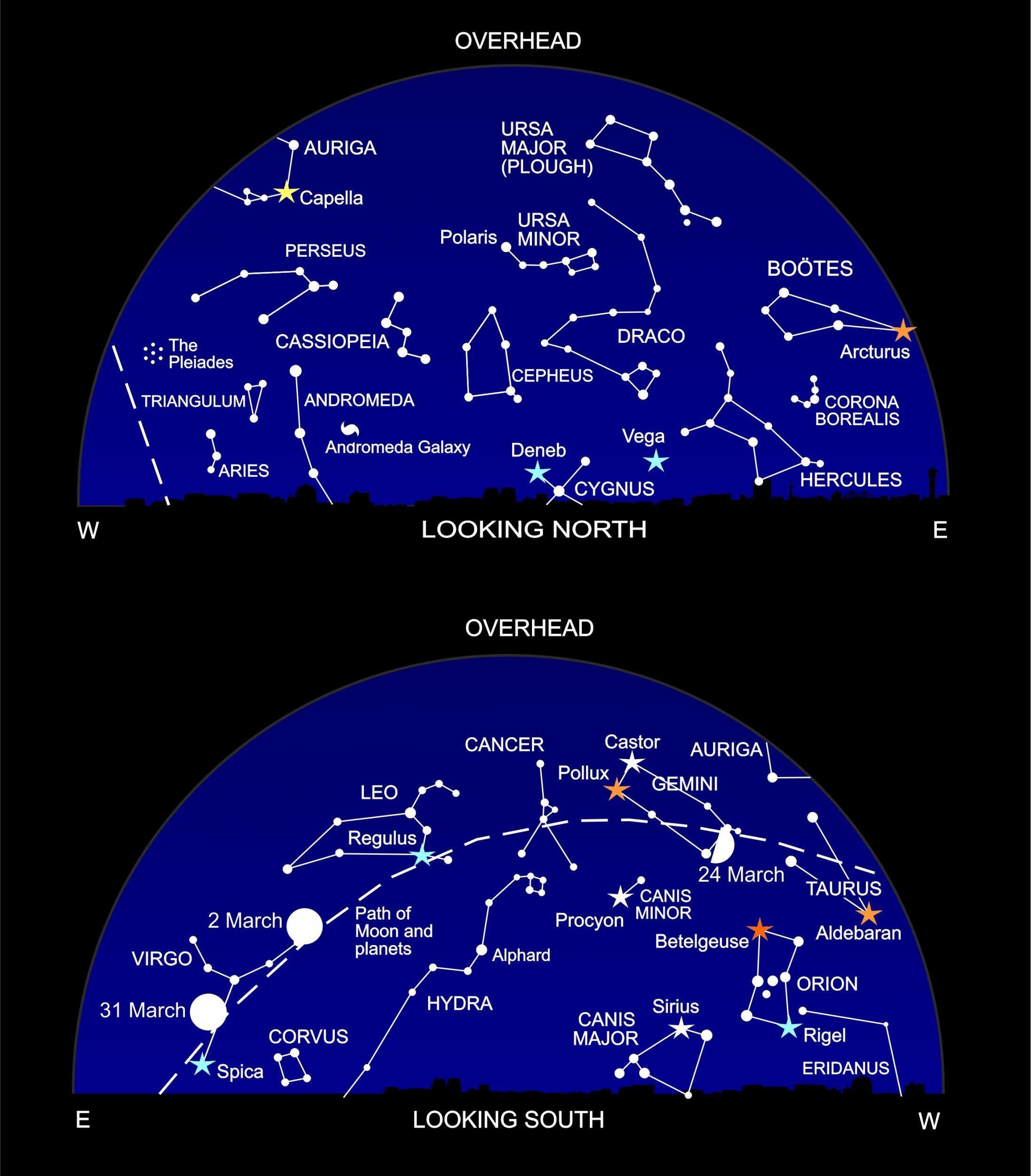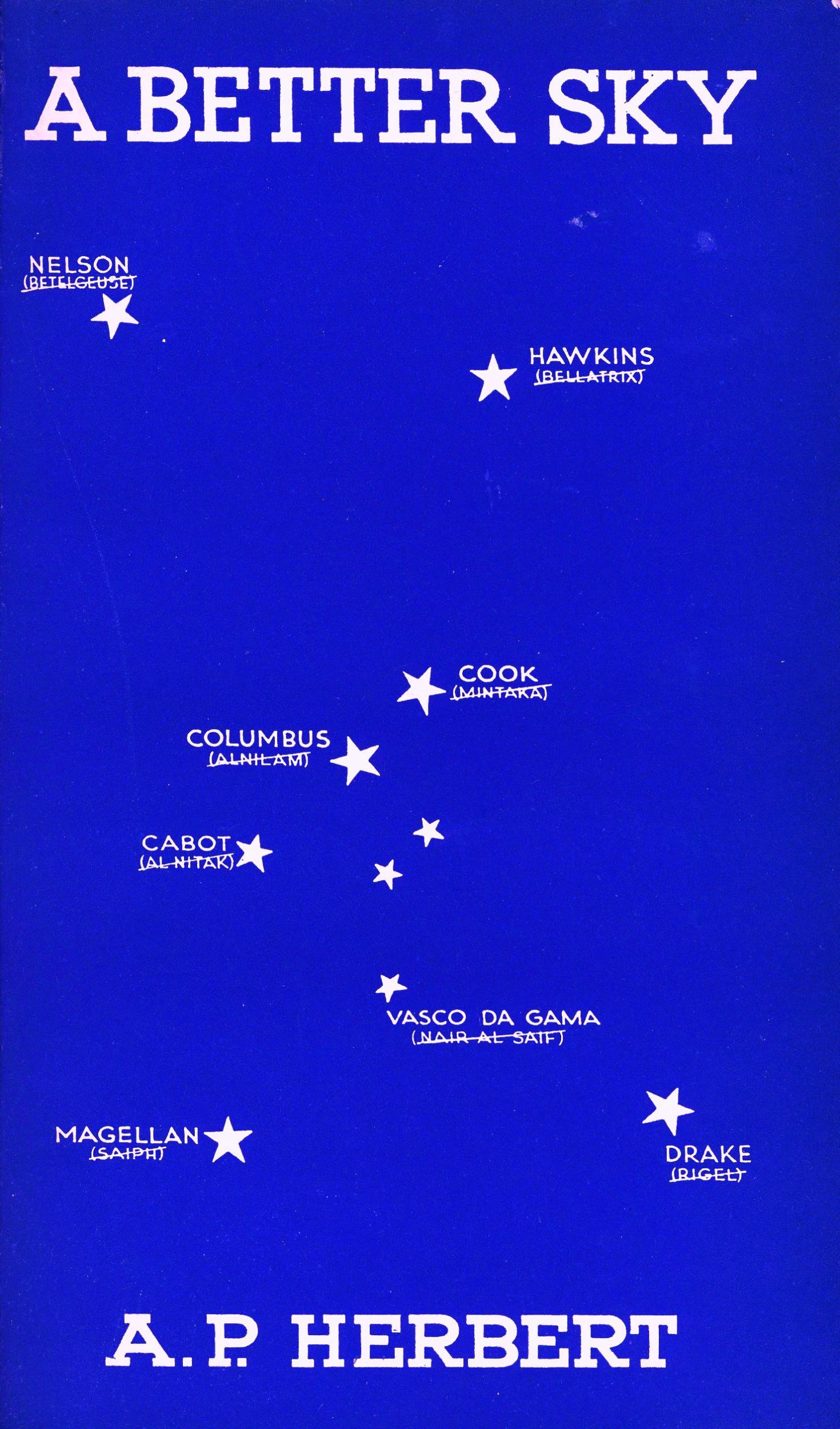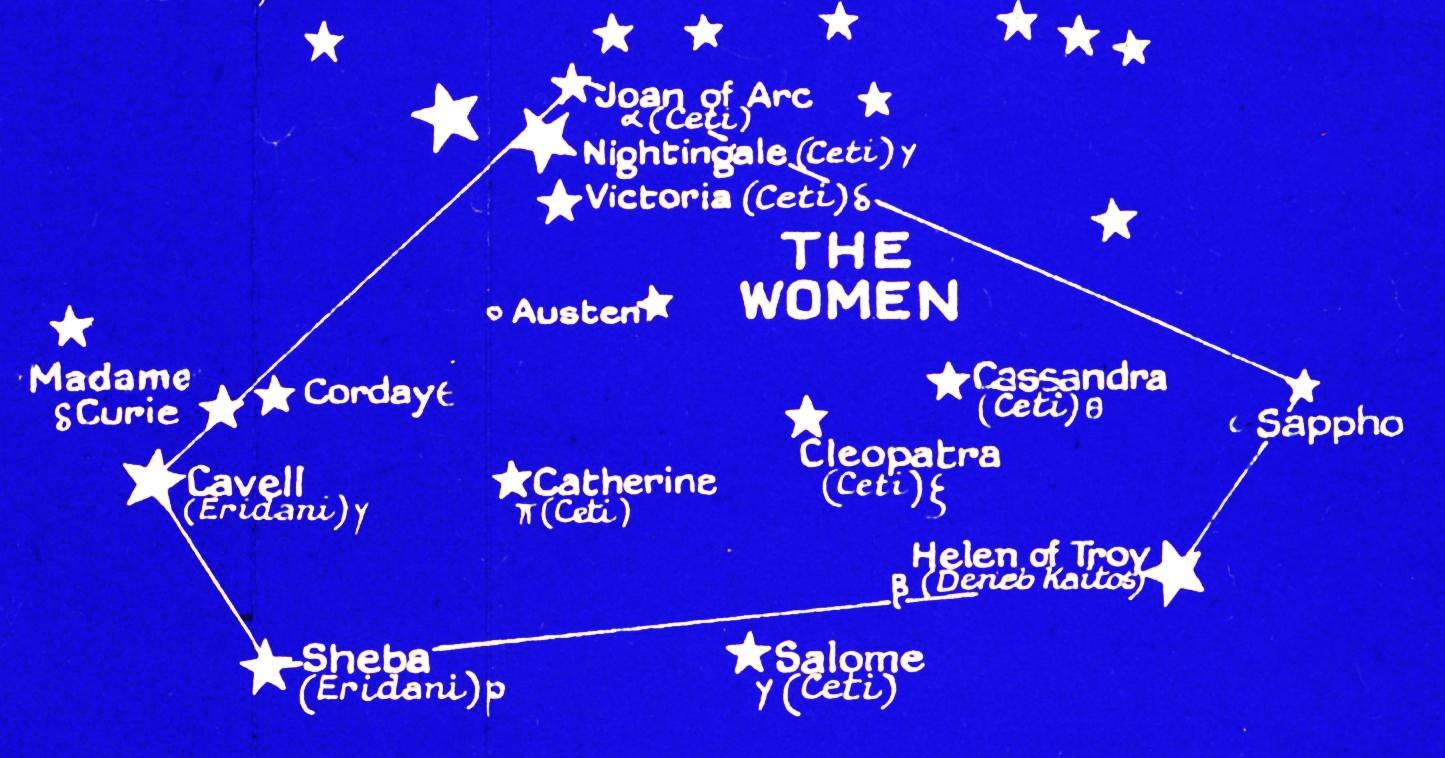Stargazing March: Spring brings the changes... and the Great Bear
The oldest constellation, identified some 30,000 years ago, rears high overhead this month

Your support helps us to tell the story
From reproductive rights to climate change to Big Tech, The Independent is on the ground when the story is developing. Whether it's investigating the financials of Elon Musk's pro-Trump PAC or producing our latest documentary, 'The A Word', which shines a light on the American women fighting for reproductive rights, we know how important it is to parse out the facts from the messaging.
At such a critical moment in US history, we need reporters on the ground. Your donation allows us to keep sending journalists to speak to both sides of the story.
The Independent is trusted by Americans across the entire political spectrum. And unlike many other quality news outlets, we choose not to lock Americans out of our reporting and analysis with paywalls. We believe quality journalism should be available to everyone, paid for by those who can afford it.
Your support makes all the difference.You’ll notice a shift in the sky this month. The brilliant winter constellations, such as Orion and Canis Major, are slipping westwards and setting earlier. They’re being replaced by the spring star patterns of Leo and Virgo, climbing to centre-stage. And spring it is, official: meteorological spring starts on 1 March – hooray!
The constellations on view change during the year because the Earth is on the move. Circling the Sun is like being on a roundabout at a funfair. First we see the ghost train. Then it’s the helter-skelter. Next comes the hoopla stall. Finally, we catch up with the dodgems. Looking outwards as we orbit the Sun is just the same: we see different constellations at different times of year.
There are officially 88 constellations gracing the heavens, as laid down by the International Astronomical Union (the professional body representing astronomers). But where did they come from? And how did they get their names?
Most of the constellations are undeniably ancient: our ancestors needed to systematise the heavens for telling the time, making calendars and navigation. The oldest constellation, dating back to the Stone Age 30,000 years ago, is probably Ursa Major, the Great Bear. It can’t be coincidence the Native North Americans, who left the Old World then, see a bear in the same stars as the Europeans. The celestial ursine, containing the seven familiar stars of the Plough, rears high overhead this month.

Fast-forward to 3000BC, and to a mysterious civilisation called the Elamites. Living on the shores of the Persian Gulf, they had a thing about bulls and lions: hence Taurus and Leo, both currently on view. The Elamites also created most of the other “signs of the Zodiac”, the constellations marking the Sun’s path through the sky.

About the same time, the Minoans of Crete began to join up the dots. Their priority was navigating the Mediterranean Sea; and they needed a map. The canny Minoans realised that the map was in the sky. Pooling together many of their earthly legends, they projected them onto the sky. Many were huge and sprawling, like the water snake Hydra, writhing along the southern horizon in March.
Later Greeks filled the skies with a veritable soap opera of characters. It didn’t matter if Pegasus looked like a barren square of stars instead of a winged horse; while next-door Andromeda was a skinny line of stars, rather than a glam princess. The sailors knew their legends, and could pin them to the star patterns.
Other cultures had their own constellations. The ancient Chinese carved up the heavens into hundreds of tiny groups of stars – the only constellations they had in common with the West were Orion and the Plough. The Australian Aboriginals, however, had such clear skies that there were too many dots to join up. Instead, they looked at dark patches in the sky – places we know today are clouds of cosmic dust, poised to form new stars. One cloud, stretching from Cygnus to Sagittarius, became the constellation of the Emu!
In the 17th century, cartographers making maps of newly discovered regions of the Earth also depicted new patterns in the sky – largely from southern stars never visible from Europe. The French astronomer Nicolas-Louis de Lacaille brought the heavens into the age of science, with his introduction of a pendulum clock, a telescope, and an air pump.
There have always been people wanting to get their hands on the heavens. The latest was in 1944, when AP Herbert (APH) – an English novelist, humorist and law reformer – decided to rename the whole sky. It was during the depths of the Second World War, and APH was concerned that our young men weren’t capable of navigating at night because of their ignorance of the archaic names of stars and constellations.
So, in his booklet A Better Sky, he renamed the heavens to make them more relevant. “Any seaman may find himself in charge of an open boat in mid-ocean ... any schoolboy may be destined to carry bombs to Berlin by the stars”.
Orion became The Sailor, with Betelgeuse and Rigel turned into Nelson and Drake. Many ancient constellations were merged into the likes of The Scientist, The Poet and The Music Maker.

Then APH realised he’d forgotten something. Yes – half the human race! He found an obscure area of faint stars around Cetus, where he belatedly cobbled together his constellation of The Women. Florence Nightingale and Madame Curie, nestled up to Cleopatra and Salome: the mind boggles...
What’s up?
All winter we’ve been suffering a dearth of planets – unless you’ve been happy to jump out of bed in the chilly early morning hours. All of a sudden, we have two bright planets you can catch in the evening sky.
Around 6pm, look out to the west – where the Sun has set – from a place that has a low skyline. The brilliant “star” just above the horizon is our neighbour world, Venus, which will be our Evening Star right through till September. The crescent Moon lies nearby on 19 March.
For most of March, Venus has company – in the shape of tiny Mercury. It’s your best chance this year to spot the elusive world that’s closest to the Sun’s searing heat. Mercury starts the month just to the lower right of Venus, some 10 times fainter. But the innermost planet is steadily moving upwards, passing just to the right of Venus on 3 March. It then loops above the Evening Star – fading all the time – and drops down to the horizon by the end of the month.
The other planets bright enough to see with the naked eye are on parade in the early hours of the morning, low in the south. The brightest, on the right, is Jupiter. To its left you’ll find the red giant star Antares, then Mars – shining with a more orange light – and finally Saturn.
On 22 March, the crescent moon lies right in front of the Hyades star cluster, which forms the “head” of Taurus, the Bull. You’ll get the best view through binoculars. Around 11.40pm (the exact time depends on where you are), the Moon hides moves right in front of the bright star Aldebaran, which marks the bull’s angry red eye.
This month, we are treated to two full moons, and many people will call the second full moon (on 31 March) a “blue moon”. If that sounds familiar, we had a pair of full moons in January – so this kind of “blue moon” doesn’t come once in a blue moon!
Diary
2 March, 0.51am: full moon
3 March: conjunction of Mercury and Venus
7 March, morning: Moon near Jupiter
9 March 11.20am: Moon at Last Quarter
10 March, morning: Moon near Mars
11 March, morning: Moon near Saturn
15 March: Mercury at greatest eastern elongation
17 March, 1.12pm: new moon
19 March: crescent moon near Venus and Mercury
20 March, 4.15pm: spring equinox
22 March, 11.40pm: Moon occults Aldebaran
24 March, 3.35pm: Moon at first quarter
25 March, 1am: British Summer Time begins
31 March, 0.51am: full moon, “blue moon”
For the low-down on all that’s up in the sky this year, check out Heather Couper and Nigel Henbest’s latest book, ‘Philip’s 2018 Stargazing’
Join our commenting forum
Join thought-provoking conversations, follow other Independent readers and see their replies
Comments